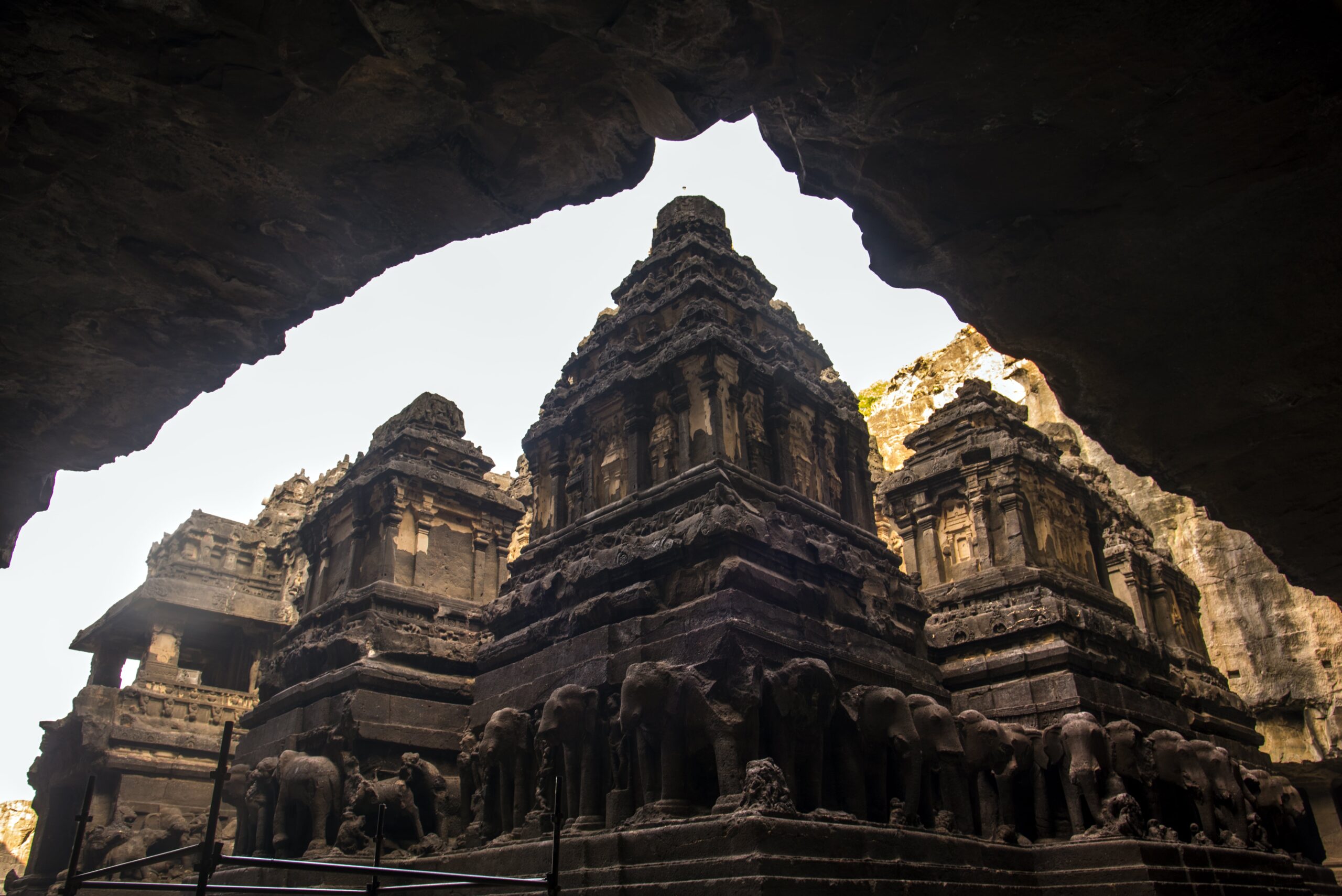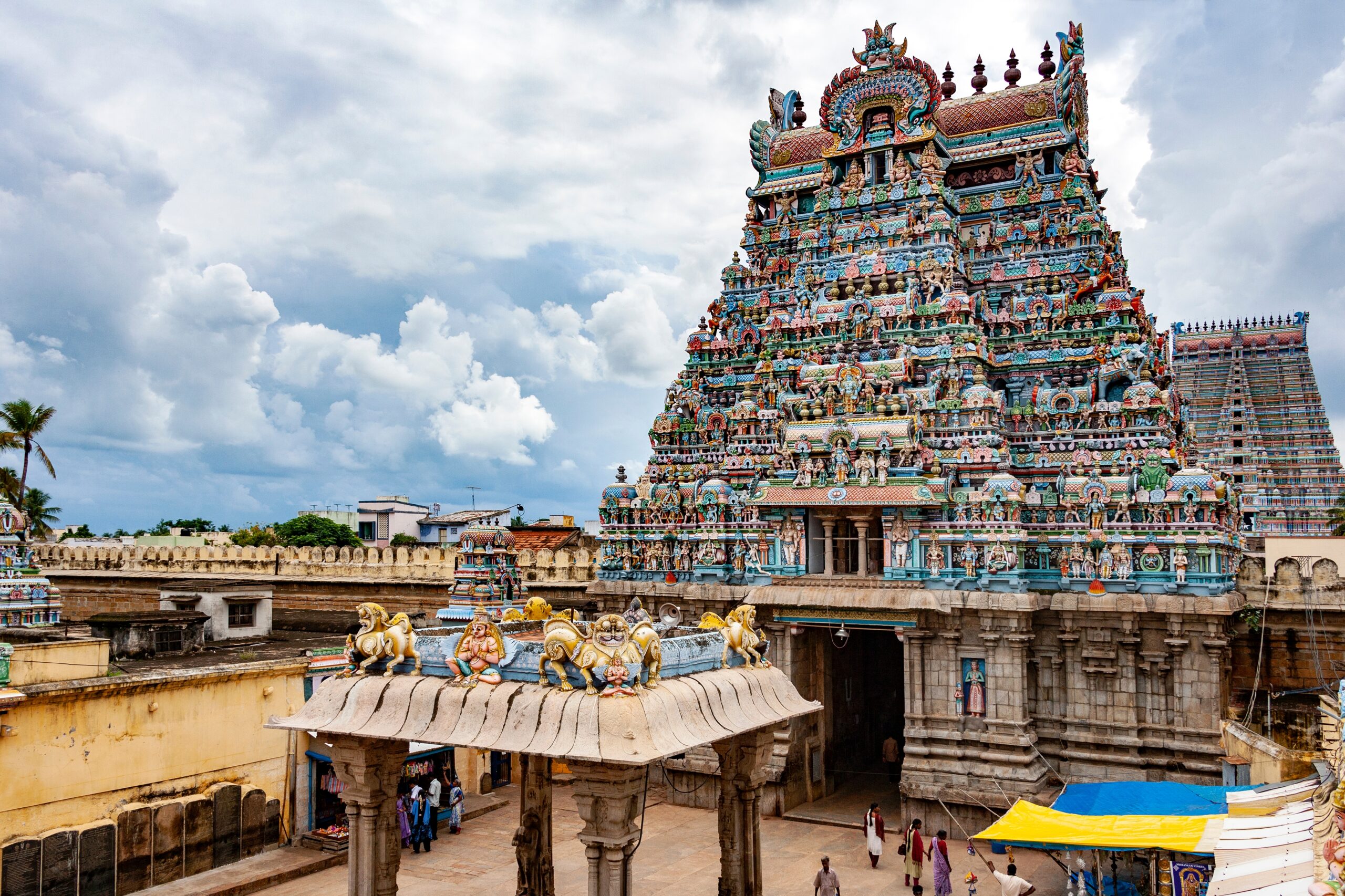The Konark Sun Temple in Odisha, India, is not just a monument but a magnificent reflection of ancient Indian architecture and artistry. This 13th-century temple, dedicated to the Hindu Sun God Surya, stands as a testament to the grandeur and creativity of the Eastern Ganga Dynasty. Let’s delve into the history, architectural brilliance, and cultural significance of this UNESCO World Heritage Site.
The Historical Significance of Konark Sun Temple
The history of Konark Sun Temple dates back to 1250 CE when it was built by King Narasimhadeva I of the Eastern Ganga Dynasty. This temple was constructed to honor Surya, the Sun God, and symbolizes the king’s gratitude towards the deity for his victories and prosperous reign. Konark, derived from the Sanskrit words ‘Kona’ (corner) and ‘Arka’ (sun), aptly represents its unique location and dedication.
The Architectural Brilliance of Konark Sun Temple
The architect of Konark Sun Temple designed it in the shape of a colossal chariot. This chariot, with its 24 intricately carved stone wheels and seven horses, symbolizes the Sun God’s journey across the sky. Each wheel, measuring about 12 feet in diameter, serves as a sundial, capable of accurately telling time. The temple’s orientation ensures that the first rays of the sunrise illuminate the main entrance, enhancing its spiritual ambiance.
Intricate Carvings and Sculptures
One of the most remarkable features of the Konark Sun Temple is its detailed carvings. The temple walls are adorned with sculptures depicting daily life, mythological narratives, and celestial beings. Particularly notable are the erotic kama and mithuna scenes, which reflect the artistic liberty and cultural context of that era. These carvings, though controversial, are celebrated for their craftsmanship and intricate details.
The Cultural and Spiritual Significance
For centuries, the Konark city has been a significant pilgrimage site. The temple holds immense cultural and spiritual value, attracting devotees and history enthusiasts alike. Its architectural design, combined with its spiritual significance, exemplifies the harmonious coexistence of art, science, and spirituality in ancient India.
Modern-Day Konark: A Cultural Hub
Today, the Konark Sun Temple remains a major tourist attraction. Every year, it hosts the Konark Dance Festival, where classical dance performances are held against the temple’s majestic backdrop, showcasing India’s rich cultural heritage. Additionally, the site is a major highlight for visitors exploring the historical and architectural wonders of Odisha.
Visiting the Konark Sun Temple
Located about 35 kilometers from Puri and 65 kilometers from Bhubaneswar, the Konark Sun Temple is easily accessible. The nearest airport is Biju Patnaik Airport in Bhubaneswar. Visitors can also reach Konark via major railway hubs in Puri and Bhubaneswar.
Preservation and UNESCO World Heritage Status
Recognizing its historical and cultural value, the Konark Sun Temple was declared a UNESCO World Heritage Site in 1984. Continuous conservation efforts have been made to preserve its intricate carvings and overall structure. Despite the challenges posed by time and natural elements, the temple stands tall, echoing the artistic brilliance of ancient India.
FAQs about Konark Sun Temple
Q: Why was the Konark Sun Temple built? A: It was built by King Narasimhadeva I in 1250 CE to honor the Sun God, Surya, symbolizing his gratitude for the deity’s blessings.
Q: What is the significance of the temple’s chariot design? A: The chariot design symbolizes the Sun God’s journey across the sky, with 24 wheels representing the 24 hours of the day and seven horses signifying the days of the week.
Q: How can one visit the Konark Sun Temple? A: The temple is located near Puri and Bhubaneswar in Odisha, India. The nearest airport is Biju Patnaik Airport in Bhubaneswar, and both cities are major railway hubs.
Final Thoughts
The Konark Sun Temple is more than just an architectural wonder; it’s a symbol of India’s rich cultural heritage and artistic excellence. Its intricate carvings, historical significance, and spiritual value make it a must-visit destination for anyone interested in exploring the grandeur of ancient Indian architecture.




